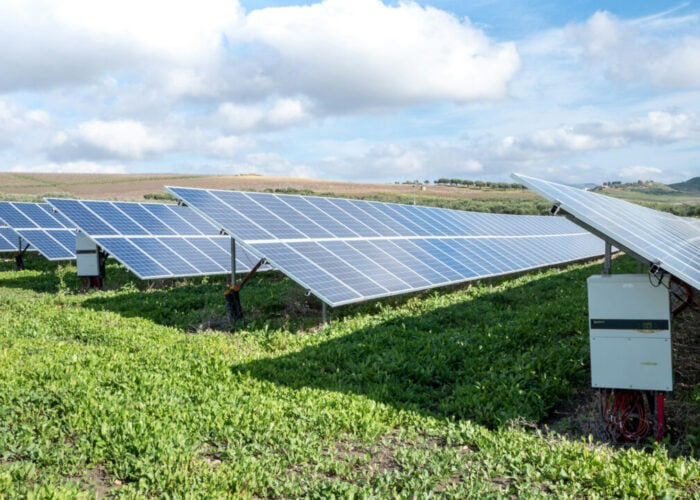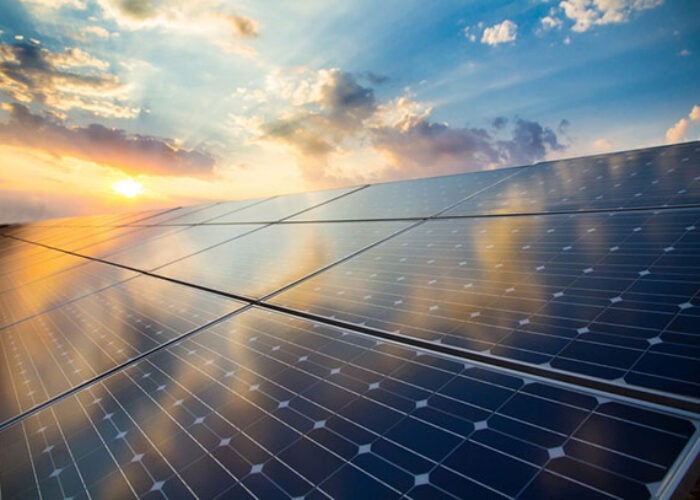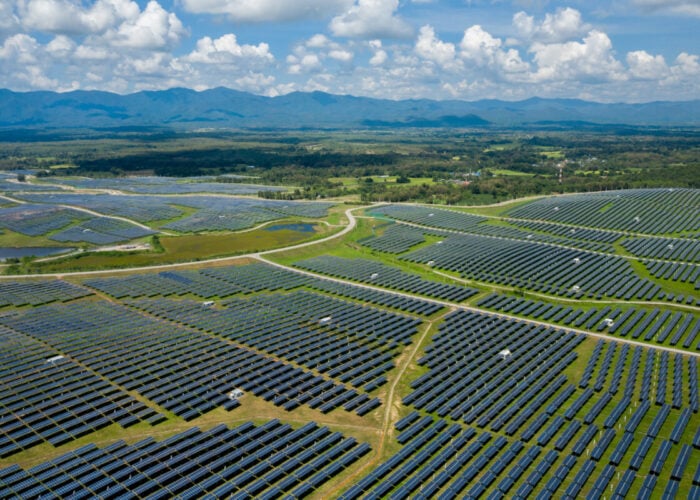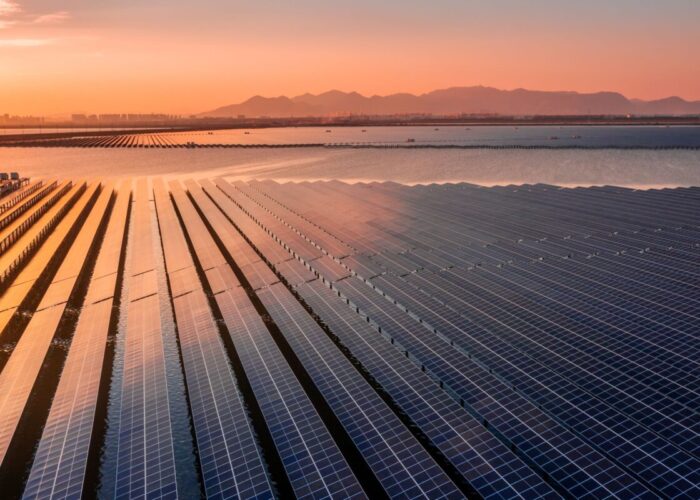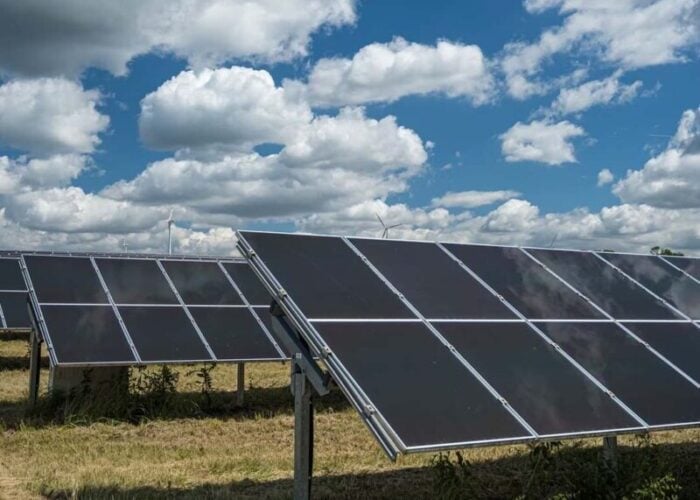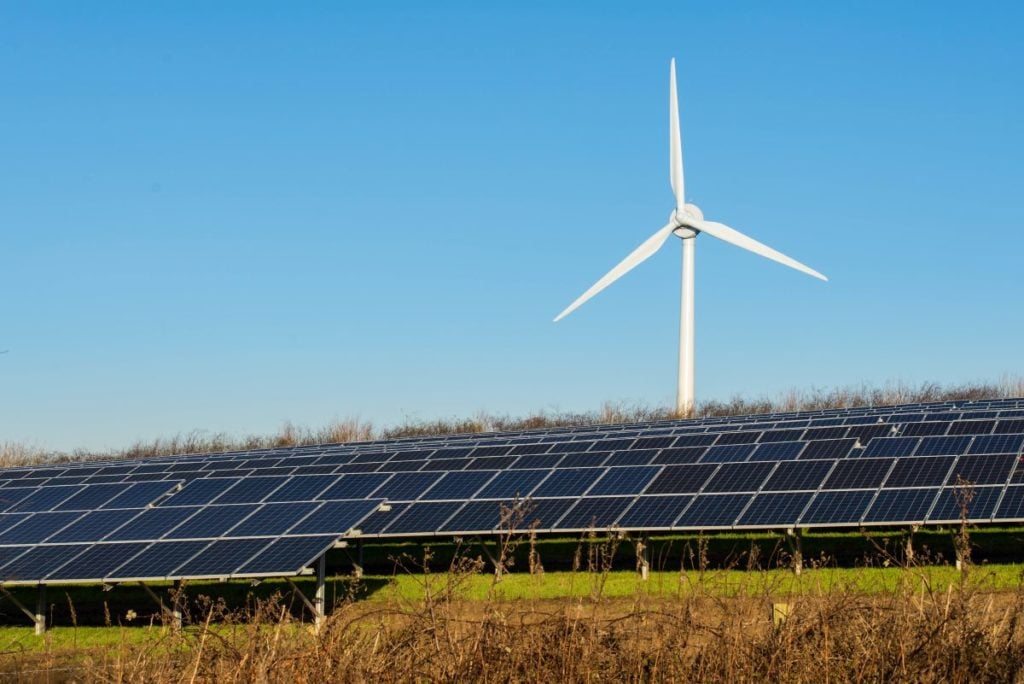
118 countries have signed the ‘Global Renewables and Energy Efficiency Pledge’ on Saturday (2 December) at COP28 in Dubai to treble global installed capacity by 2030.
Among one of the key discussions for this year’s COP28, is the global target to reach 11TW of renewable generation capacity by the end of the decade, with solar PV playing an important role in achieving that target due to its fast deployment and continued growth.
Unlock unlimited access for 12 whole months of distinctive global analysis
Photovoltaics International is now included.
- Regular insight and analysis of the industry’s biggest developments
- In-depth interviews with the industry’s leading figures
- Unlimited digital access to the PV Tech Power journal catalogue
- Unlimited digital access to the Photovoltaics International journal catalogue
- Access to more than 1,000 technical papers
- Discounts on Solar Media’s portfolio of events, in-person and virtual
Solar could end up accounting for over half of the 11TW target, as was shown in the International Energy Agency’s recent flagship report World Energy Outlook which expects solar to contribute to half of new power capacity to 2030, with solar manufacturing capacity reaching 1.2TW in 2030.
Signatory countries recognise that in order to maintain the collective goal of the Paris Agreement – which aims to keep global warming increase well below 2°C with a target to limit it to 1.5°C –, accelerating the pace renewables are deployed needs to be increased between now and 2030.
“The tripling goal would take renewables to the next level, with solar and wind reaching 40% of global electricity generation by 2030. Together, these would unlock deep economy-wide fossil fuel reductions and ensure that oil, coal and gas demand not only peak this decade but see a meaningful fall. This statement is not a substitute for a global agreement, but it does pave the way for a historic opportunity to include this in the final text,” said Dave Jones, global insights lead, at energy think tank Ember.
In the statement from the signing countries, it recognises the need to strengthen international collaboration on renewables and energy efficiency which could be taken by collaborating on resilient value chains and technology; expanding financial support to emerging markets in order to deploy renewables or accelerating cross-border grid interconnections among others.
Moreover, some of the key enablers for the world to treble renewables capacity by 2030 would be faster permitting processes for renewables, developing and expanding grid connections or providing clarity on market design and incentive schemes and strengthening market conditions and investment frameworks to facilitate investments in renewables and energy efficiency among others.
In response to the Global Pledge, the European Union announced it would invest €2.3 billion (US$2.5 billion) to support the energy transition in neighbouring countries and across the globe.
Ursula von der Leyen, European Commission president, said: “In the next two years, we will invest 2.3 billion euros from the EU budget to support the energy transition in our neighbourhood and around the globe. This pledge and this financial support will create green jobs and sustainable growth by investing in technologies of the future. And, of course, it will reduce emissions which is the heart of our work at COP28.”
However, among the countries who have yet to sign the pledge are some of the most important markets such as China – which is expected to add 230GW of renewables in 2023 and is highly accelerating the growth of renewables – or India, while many emerging countries in Asia are also missing, with Indonesia, Vietnam, Thailand or the Philippines have yet to sign the pledge. Other notable nations still not on that list are South Africa, Saudi Arabia, Qatar, Russia or Egypt.
Here is the list of countries pledging to tripling renewables and doubling energy efficiency, per COP28 media desk that cannot confirm if this is the final number or not. pic.twitter.com/QJg4QANXSp
— Nuran Erkul (@enuran) December 2, 2023
“But this is just the first step in a longer journey. An ambitious pledge is even more powerful if it is backed by legally binding actions and accountability. We urge world leaders to not think that their job is done because they signed the pledge, but take the next step and include a global target to triple renewable energy capacity in the final COP documents so that we are sure countries take it seriously,” said the trade association the Global Solar Council (GSC).
Ahead of the start of the COP28 last week, PV Tech Premium spoke with the GSC’s newly appointed CEO, Sonia Dunlop, who explained that the association’s mantra in Dubai would be that “solar can deliver”.
The statement of the ‘Global Renewables and Energy Efficiency Pledge’ can be read here.
Analysis : Commitment does not mean policy
The ‘Global Renewables and Energy Efficiency Pledge’ is a step in the right direction, uniting 118 countries only a few days after the start of COP28 around the commitment as highlighted in the statement that was published on Saturday (2 December). But it also raises questions about how such a pledge will be realised.
These commitments to treble the renewable energy capacity by 2030 to 11TW as well as double the global average annual rate of energy efficiency improvements from 2% to 4% every year until 2030, will now need to be implemented in policies that would be more binding.
The other important aspect would be for the current 118 countries that have signed to bring two important countries in the list in the coming days that are China and India, two countries poised to drive the growth of renewables in the coming years. This year alone, China is expected to add a record 230GW of renewable capacity, according to a recent report from Wood Macenzie and in the first half of 2023 accounted for two-thirds of global growth of solar and wind generation, according to data from Ember. The Asian country will be a main driver to reach that target of 11TW, not just in terms of installed capacity but also at the upstream level, if its dominance across the supply chain will continue to stay above 80% of global market share, while other markets work towards adding domestic solar manufacturing capacity to meet the ever growing demand of solar PV.
With COP28 still ongoing, the Presidency will need to make sure it can bring along as many countries as possible as it would give a clear sign that renewables will be leading the transition in the coming years and that this needs to be achieved by all and not just a select few.
Even though briefly mentioned as one of the key enablers to reach the 11TW target, countries will also need to increase efforts in improving their respective grids in order to keep up with the fast pace of renewables that are being built and avoid the ever growing issue of interconnection queues such as seen in the US with nearly 1TW of solar PV waiting for connectivity last year. Improving the grid will be one of the most important priorities for individual countries, in order to make sure that renewable energy is able to keep its pace and replace fossil fuel generation.

